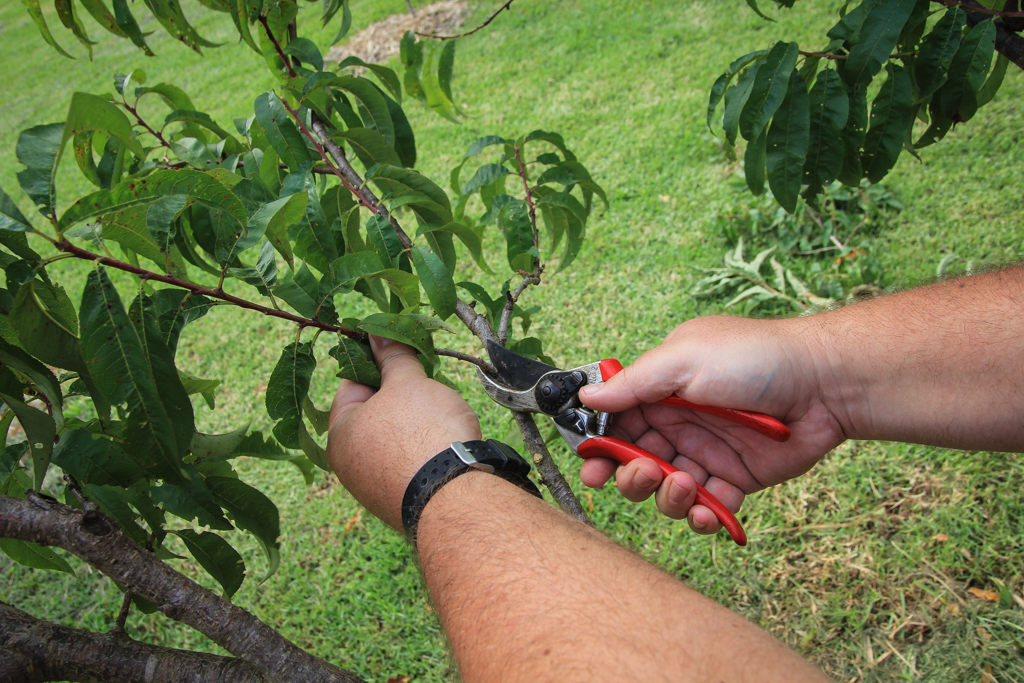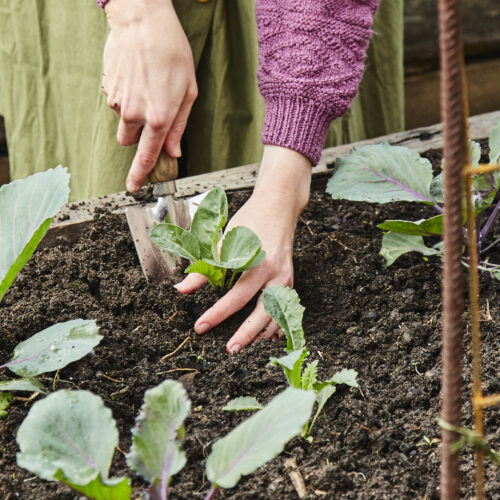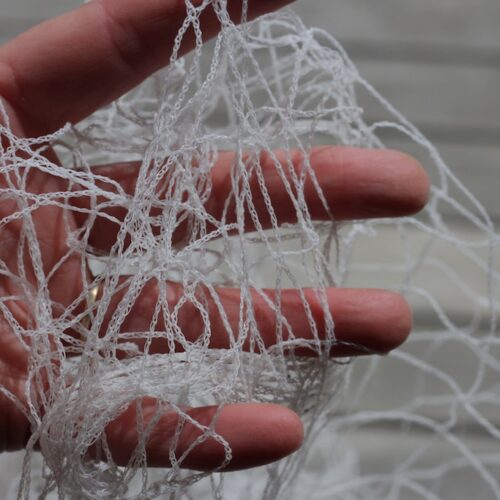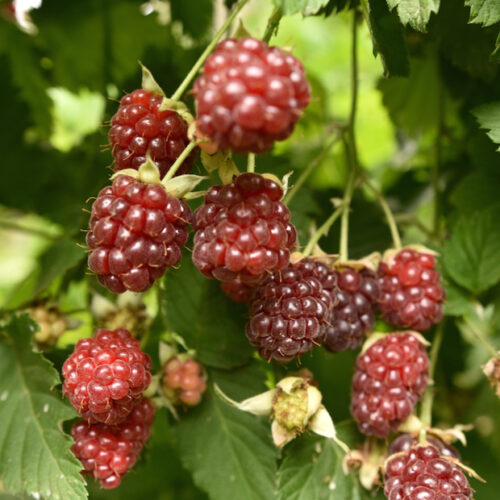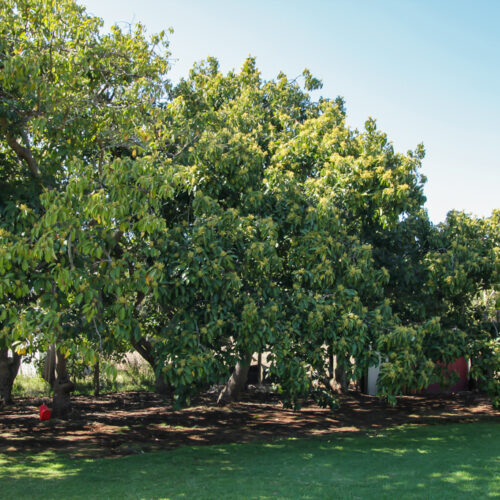What to do in January
2016-01-04T04:51:54+11:00
A whiff of optimism in the air is inspiring JUSTIN RUSSELL to get stuck into the pruning and weeding.
Happy New Year, OGers! May the year ahead be one of enriched soils, merciful weather, and baskets aplenty overflowing with epic produce grown a stone’s throw from the back (or front!) door.
I don’t know about you but I’ve noticed a whiff of optimism wafting about social media already this year. Perhaps it’s a reaction to last year’s doom and gloom, perhaps it’s something deeper and more lasting – the mass realisation that life is for living and the best way to achieve genuine health, wealth and wisdom is by aligning ourselves with the soil and the seasons.
Whatever the reason for this new found optimism, let’s capitalise on it by kicking the year off with some time spent pottering in the garden. Goodness knows mine needs some loving at the moment. I spent the last six months of 2015 renovating my house and then came Christmas. Consequently, my garden is teetering on the brink of chaos.
To gain some semblance of control the first job most of us should tackle is pruning. Lots of plants need a haircut in mid summer, especially in summer wet climates where growth often continues well beyond spring. To make the task easier, it helps to identify the kind of pruning each overgrown plant requires.
Hedges, obviously, require regular light prunes using hedging shears. Australian native shrubs also benefit from a regular light prune, but leggy specimens might need something more drastic. Don’t fear, most native plants are adapted to fire and will bounce back from a hard pruning just fine. Many exotic shrubs will handle similar treatment.
Trees should be pruned thoughtfully. There are a few reasons to prune a tree. One is to remove dead, diseased or dangerous branches. Another is to shape a tree into an attractive form. The third reason is to stimulate fruit production. Each style of pruning requires a different approach, but my advice is to take extra care with fruit trees. The last thing you want to do is massacre next summer’s fruiting wood, so make sure you identify the correct method for each tree. Apples are not pruned the same way as peaches. If in doubt, consult the internet or a good book (The Royal Horticultural Society Guide to Pruning and Training is an excellent reference).
The next major job I plan to tackle is weed control. The downside to spring rainfall, which I’m pleased to say was pretty decent in my part of the world, is weeds, and at this point in the year the blighters that managed to get established are now producing seed. Suffice to say, this is a bad outcome, and I’m a naughty gardener who has failed to take his own advice.
Despite some deposits to the soil’s seed bank, it’s still worth tackling weeds by whatever means available. For persistent running grasses like kikuyu and couch, physical controls such as hand removal, spade edging and sheet mulching work best. For softer weeds, natural herbicides, steam and flame weeders work well. The trick to gaining maximum efficiency is to spray/burn the foliage just after lunch on a stinking hot day. The weeds will be dead by dinner time.
For everything else, there is the hand and the hoe. Hand-pulling is hard yakka but it’s super effective. Hoes are ideal for smaller weeds, and a range of different tools are designed to handle different scenarios. Don’t waste your time and money on cheap hoes from the hardware store. Get hold of a few well made hoes designed for market gardeners. Try online suppliers like the Diggers Club and Gundaroo Tiller.

